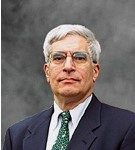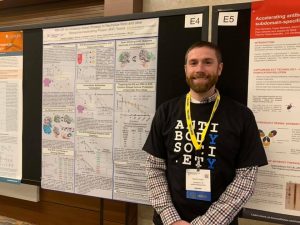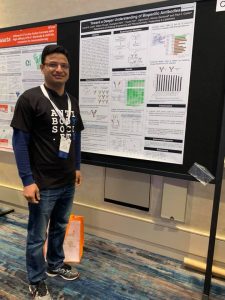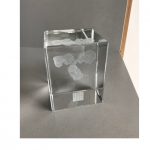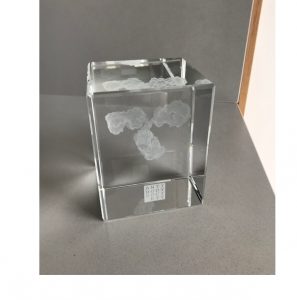 Congratulations to our winners!
Congratulations to our winners!
To recognize the research activities of promising student and postdoctoral attendees of Antibody Engineering & Therapeutics, The Antibody Society sponsors a competition for members who submit posters for display at the meeting. Our judges select the best work based on originality, relevance and perceived impact on the field of antibody research and development.
This year, our judges selected one student and one postdoc winners who receive: 1) complimentary registration to all conference sessions; 2) an opportunity to give a short oral presentation of their work in one of the conference sessions; and 3) a lovely crystal award.
The winners of the contest are:
Felix Goerdeler, Max Planck Institute of Colloids and Interfaces, Germany
Poster title: Fighting protozoan parasites using carbohydrate-binding nanobodies
Dr. Nicolas Bery, Cancer Research Centre of Toulouse, France
Poster title: Discovery of a potent KRAS macromolecule degrader specifically targeting tumours with mutant KRAS

